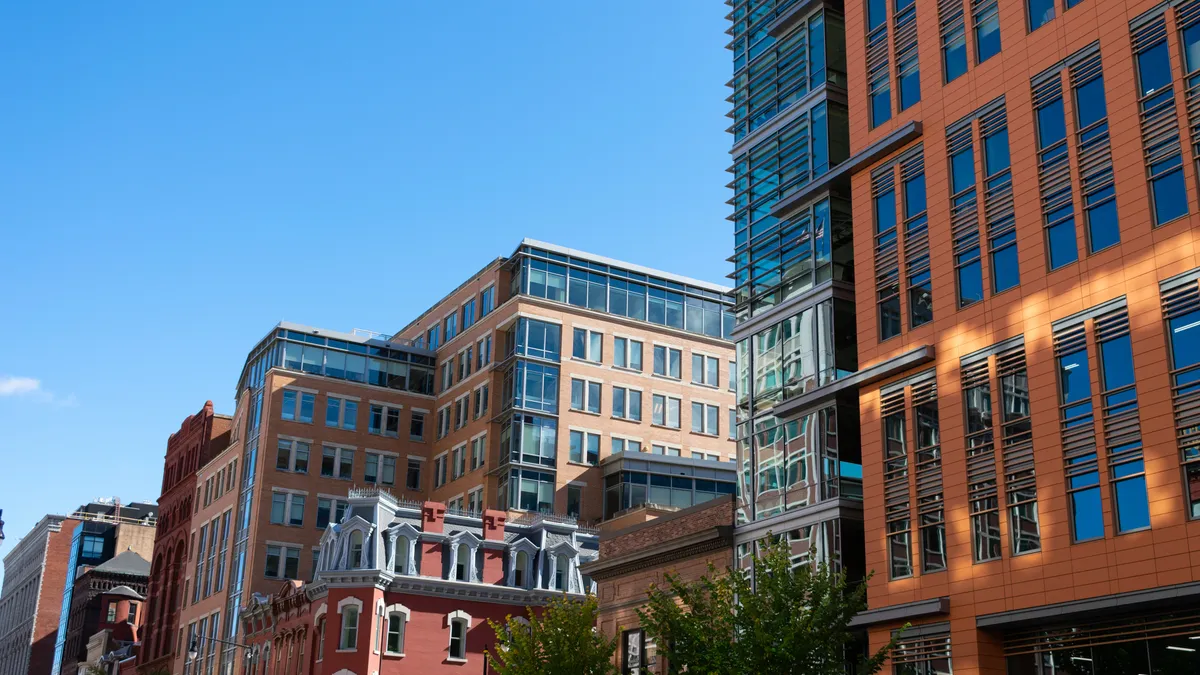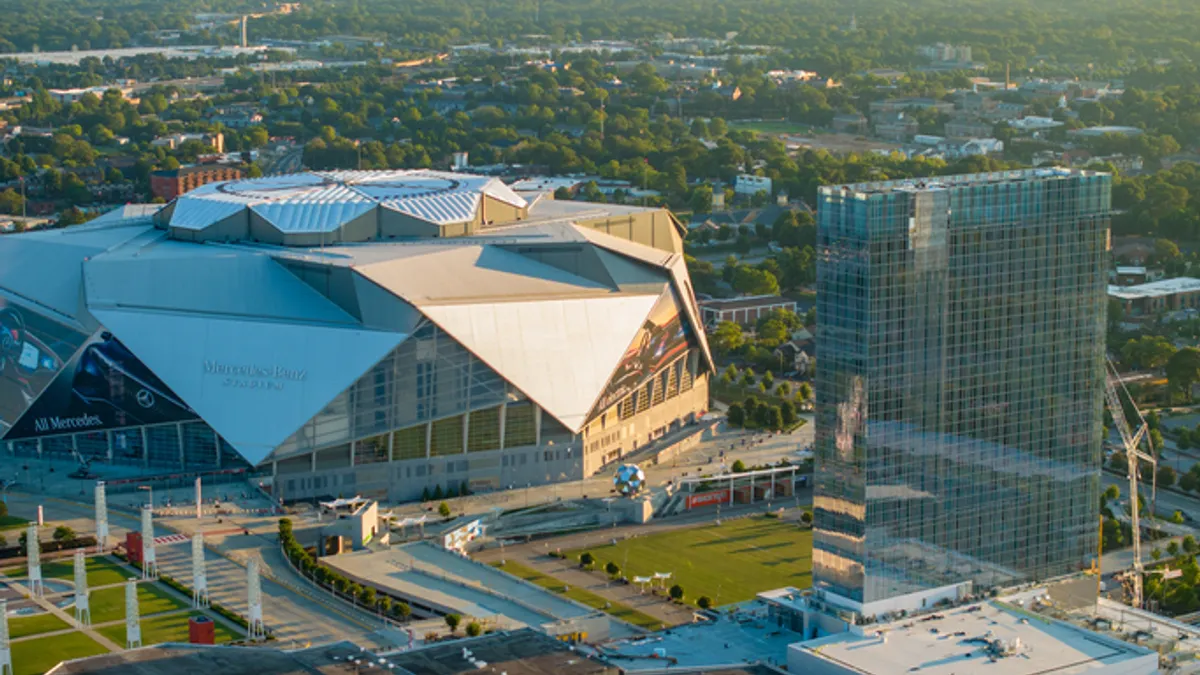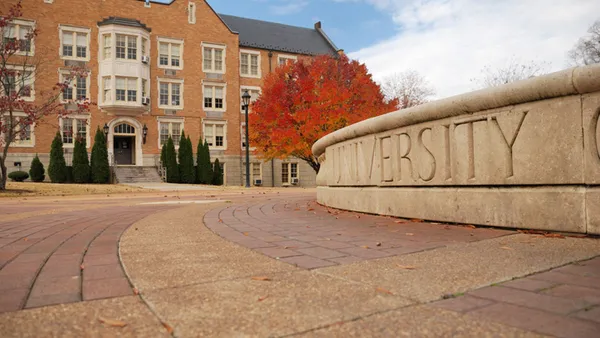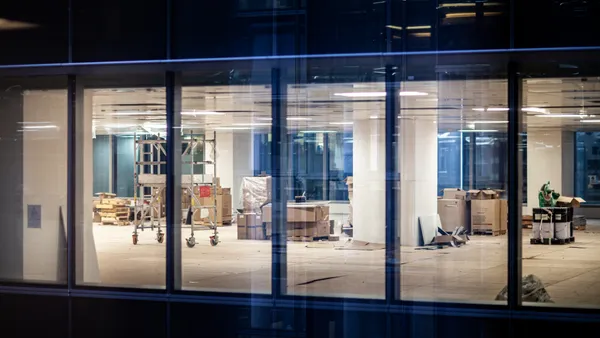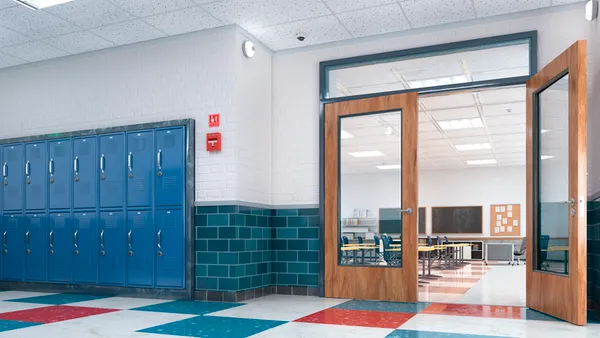Dive Brief:
- Washington, D.C., announced last week the first three commercial-to-residential conversion projects that will receive 20-year tax abatements through the city’s Housing in Downtown program. The projects are expected to create a total of 754 housing units.
- Ten commercial-to-residential projects have been announced or are in progress in the federal capital's downtown area, with two projects actively leasing, for a total of 12 in the development pipeline, according to a city news release.
- D.C. Mayor Muriel Bowser also announced five businesses that will be getting grants through the district’s $3 million program to support businesses opening or expanding into downtown space that has been vacant for at least six months.
Dive Insight:
D.C. wants to transform its downtown into a neighborhood where people not only work, but live, the city’s deputy mayor for planning and economic development, Nina Albert, said in a statement.
Downtown D.C. is “at a post-pandemic inflection point,” according to the city’s downtown action plan released earlier this year. Despite rebounding tourism, the area is still experiencing a loss in day-to-day economic activity due to more people working from home, the plan says.
“In the new age of hybrid work patterns and virtual conference calls, the convenience of Downtown D.C. no longer supersedes its livability,” the plan says. “Stakeholders must find new ways for the area to create and articulate its competitive advantages over others in the region and across the country.”
D.C. financially relies on its downtown, making its revival a high-stakes challenge. The area contributes 37% of the city’s property tax revenue, despite only comprising 2.3% of D.C.’s taxable properties, according to the Office of the Deputy Mayor for Planning and Economic Development.
In January 2023, Mayor Bowser set a goal to bring 15,000 new residents to downtown by 2028. That will require about 7 million square feet of new residential space, assuming an average household size of 1.6 people, that office said.
The conversion projects receiving tax abatements through the Housing in Downtown program include a 114,000-square-foot building that used to house the Air Line Pilots Association International and a commercial row house and parking lot. The Housing in Downtown program has an available funding cap of $2.5 million for fiscal years 2024 through 2026; in 2027, the total cap will increase to $6.8 million, and in 2028, it will increase to $41 million. After that, the cap will increase by 4% each year.
The businesses receiving support through the district’s Downtown Retail Recovery Grant program are fashion brand H&M, events and hospitality business Sandlot, Mikey & Mel’s Deli, food and beverage business accelerator Union Kitchen, and a boutique hotel.
Of the 754 housing units expected to result from these three projects, at least 92 will be affordable, per the city news release.



